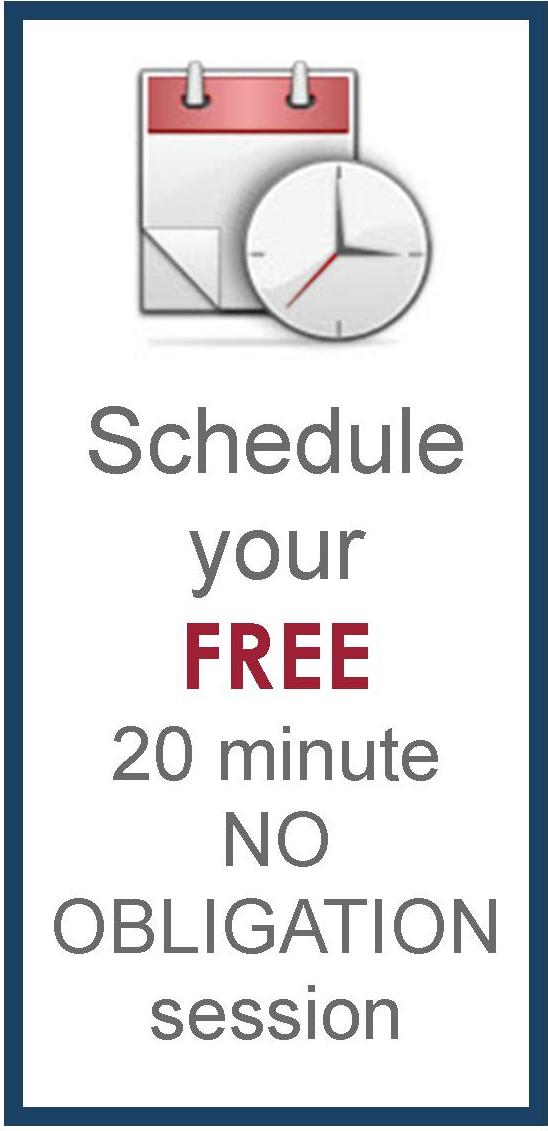
Respect for ourselves guides our morals, respect for others guides our manners.~ Laurence Sterne
For many people, September is the month that feels like the start of an exciting and fun new year as kids and teachers return to school at every level and a more regular routine is reestablished. It can also be a period of extremely high stress if reentry is associated with a toxic environment. The dread and apprehension can paralyze people, and make them seriously consider bailing out at the last minute. Sadly, I hear this all too often from my clients working in academia.
The good news is that there are some simple steps to take from reminding yourself to treat others with respect to active strategies for dealing with difficult colleagues.
But first, let’s talk a little bit about what is going on. In their classic work, Influence without authority (2005, 2nd Ed.), Allan Cohan and David Bradford write: “… when dealing with colleagues, mutuality is critical, which can be difficult if the organization tends to reinforce competitive views” (p. 216). This is often the case in the world of academia, whether you are a student or a teacher at any level. Just noticing this, and naming it, can help with reducing the stress. The second thing to notice and name is the intrinsic power hierarchy and where you may fall on the “level of authority” scale.
To summarize Cohan and Bradford’s research, the ability to gain influence without authority is about self-empowerment. You empower yourself by knowing what others need and helping them achieve their objectives. Or in the pithy words of motivational speaker Brian Tracy, “Successful people are always looking for opportunities to help others. Unsuccessful people are always asking, “What’s in it for me?” (As quoted in The Lost Art of General Management (2004) by Rob Waite, p. 96). Influence is not the same as manipulation.
In other words, it’s all about the relationships with others. Jane Dutton (2003) makes a distinction between “high-energy” connections and “corrosive” connections in the workplace. She emphasizes that interactions creating either type of connection need not be big, damaging actions or long, drawn-out discussions, but are most often built through the small interactions of every day life. In an organization, corrosive interactions can be small incivilities creating a sense of disrespect, from simple inattentiveness to active words of cruelty like, “I told you that was a stupid idea.” Taking actions to make it difficult for others to get a task done or actively sabotaging someone else’s work product can leave people feeling unsupported and deeply unhappy, such as when a superior promises help but fails to deliver it, resulting in rightly placed misapprehension and distrust.
Dutton discusses the “spirals of incivility” that can result in a “death spiral turning competent performers into basket cases” (p. 114). Caught in a corrosive relationship, people start to doubt their own efficacy. This, in turn, impacts their sense of self-worth. (It is interesting to note that in one 2001 study with 12,000 participants conducted by Christine Pearson, Lynne Andersson and J.W. Wegner, the people instigating incivility were three times as likely to have more power than those targeted, suggesting that civility or politeness may also be a survival strategy.)
So what is one lone person to do? Here are 5 strategies for coping with corrosive relationships as presented by Jane Dutton. The first two are short-term, while the last three are long term.
- Name the problem: Understand the dynamics of the relationship as corrosive and understand the negative emotions being induced.
- Create a sense of control: Refuse to become powerless by setting your own goals, even if they are relatively smalls. One example is creating a game where you keep track of how often you can get the corrosive connection to smile.
- “Bound and buffer” interactions by eliminating any interdependent tasks you can, as well as disengaging psychologically, up to withdrawing from any unnecessary social interaction.
- “Buttress and strengthen” by building your own personal resources through meditation, constructing a more positive self-image, reducing negative self talk, finding your own meaning in the connection, using a long time horizon to see past the immediate behavior, looking optimistically at the future, and building supportive relationships outside the corrosive connection.
- “Target and transform” is the most long-term of strategies, to alter the corrosive connection. Take these four steps:
- Clarify your own needs;
- Seek information about the other’s needs;
- Think through alternatives to any form of negotiated agreement; and finally
- Engage in collaborative dialogue through the “high-energy” connection strategies of being present, being affirmative, actively listening, responding through supportive communication, enabling the other person, and being trustworthy yourself.
Noticing whether a workplace relationship is “high-energy” or “corrosive” at the outset of your reentry to the school year can help you determine what you can do on your own to limit negative interactions or work toward long-term positive change, one conversation at a time.
Tags: toxic work environments








Thank you for this succinct set of advice that also puts one back into the driver’s seat! This was a great message to hear at the beginning of the academic year!
Pingback: Energize your workplace: Making work fun! | Transitioning Your Life